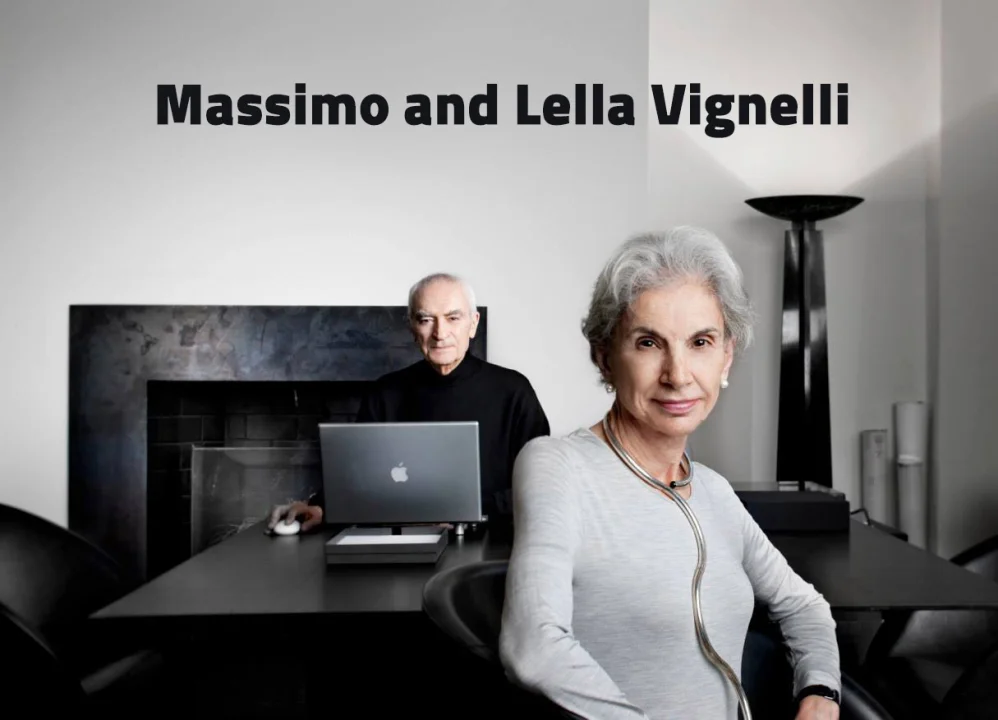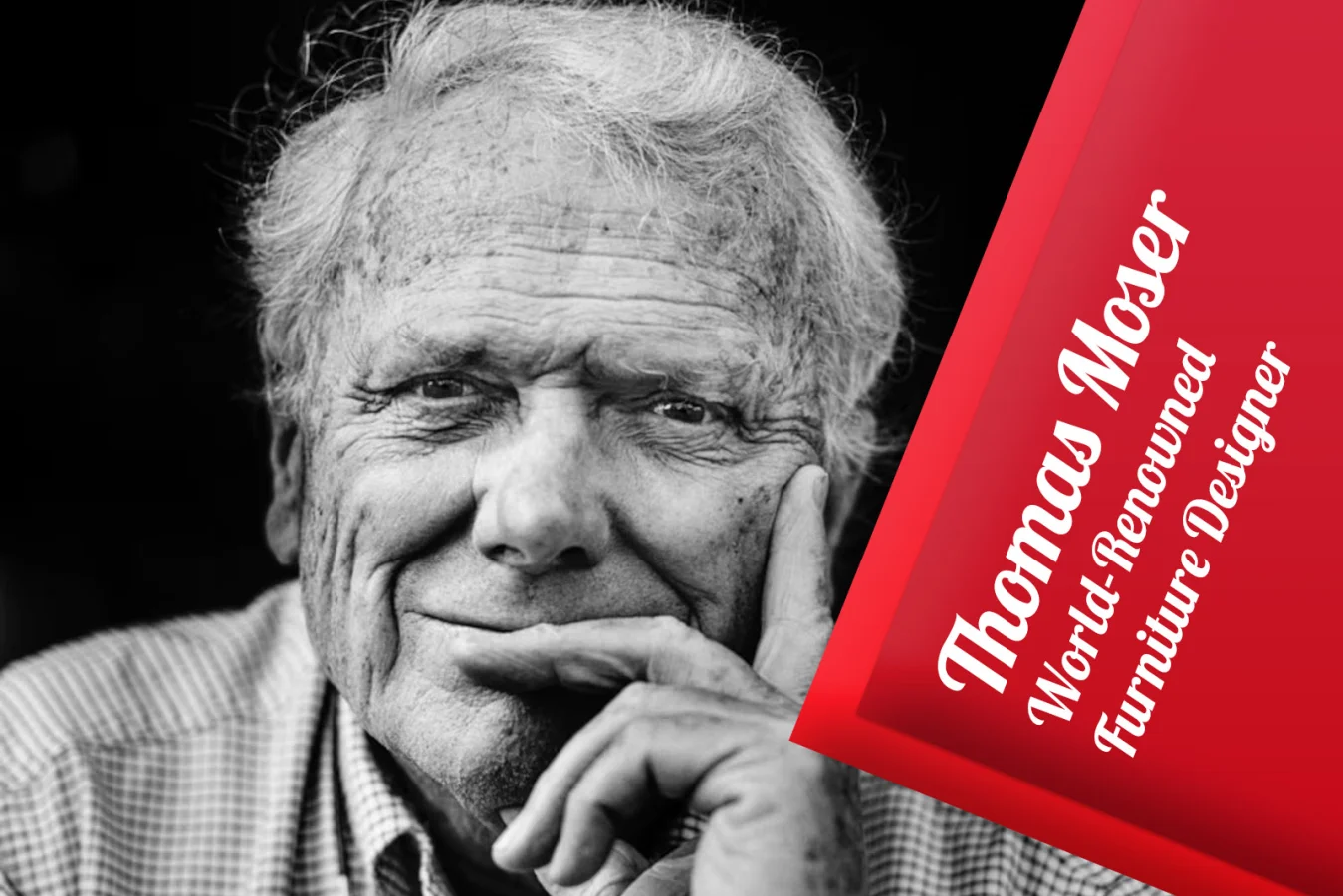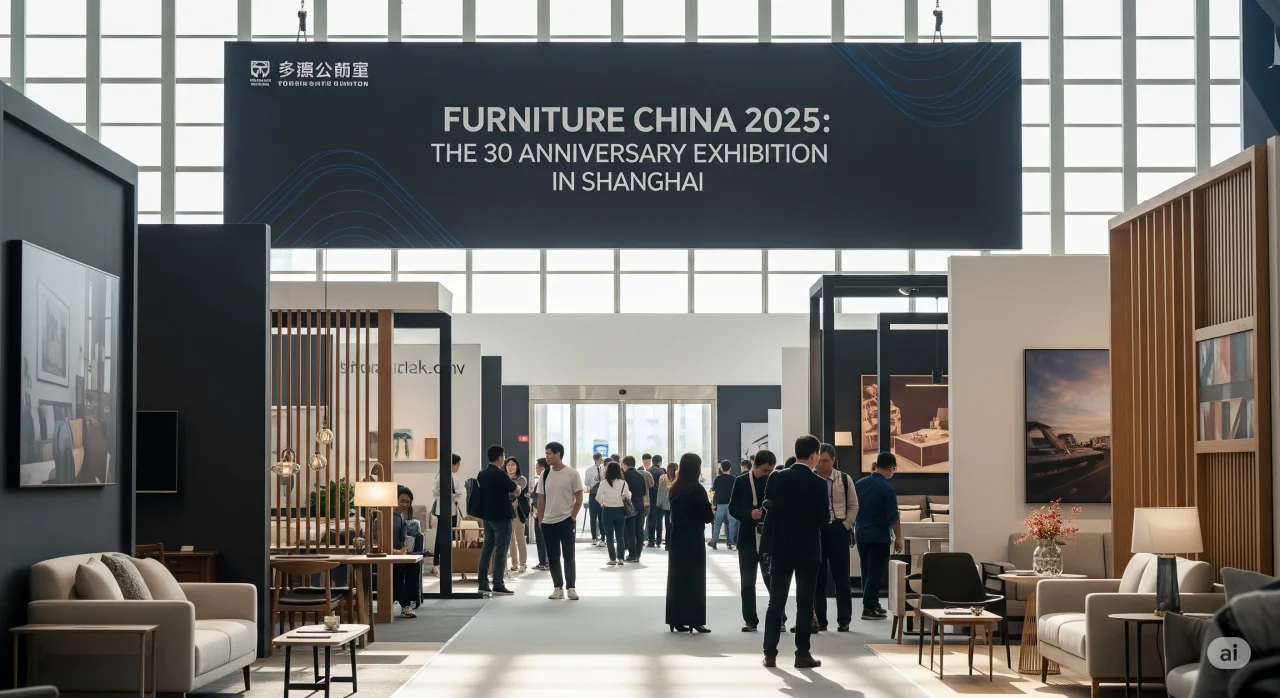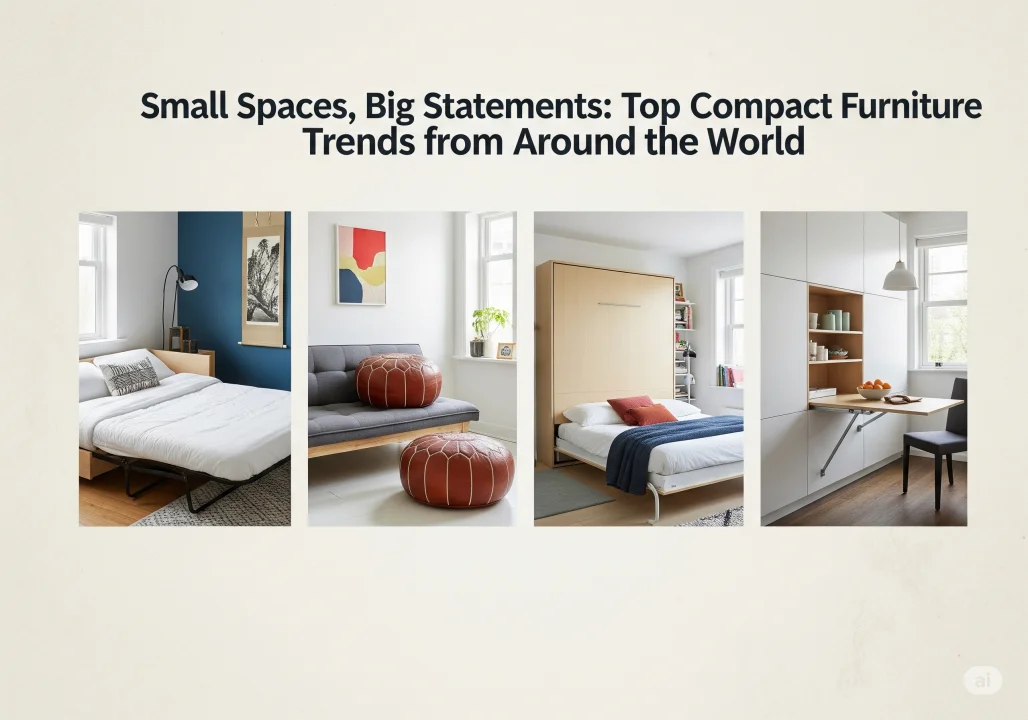Lella and Massimo Vignelli, the Italian-born husband-and-wife design duo, redefined 20th-century design through their relentless pursuit of simplicity, functionality, and timeless aesthetics. Their work spanned graphic design, furniture, interiors, and urban systems, leaving an indelible mark on both American and European design culture.
Early Lives and Collaborative Beginnings
Born in Udine, Italy, in 1934, Lella Vignelli (née Elena Valle) grew up in a family of architects, including her father Provino Valle and brother Gino Valle. Massimo, born in Milan in 1931, studied architecture at the Politecnico di Milano and the Università Iuav di Venezia. The couple met at an architects’ convention and married in 1957, forging a partnership that blended Lella’s architectural precision with Massimo’s graphic brilliance.
After moving to the U.S. in the late 1950s, Lella worked at Skidmore, Owings & Merrill in Chicago, while Massimo explored design fellowships. Returning to Milan in 1960, they founded the Massimo and Lella Vignelli Office of Design and Architecture, focusing on furniture, exhibitions, and corporate branding for clients like Pirelli and Olivetti. Their 1964 Compact Stacking Dinnerware for Heller, awarded the prestigious Compasso d’Oro, exemplified their minimalist ethos and became a design icon still in production today.
Pioneers of Corporate Modernism
In 1965, the Vignellis co-founded Unimark International in Chicago, a trailblazing design consultancy that standardized corporate identities for global brands. Here, they introduced Helvetica to American design, creating enduring logos for American Airlines (1967) and the New York City Subway’s signage system (1966). The subway’s diagrammatic map, though initially controversial for its abstract geography, became a landmark in information design, prioritizing clarity over literal accuracy.
By 1971, disillusioned with Unimark’s shift toward marketing, they established Vignelli Associates in New York. Their interdisciplinary studio tackled projects ranging from Bloomingdale’s iconic brown paper bags to the Guggenheim Museum Bilbao’s signage. Lella led the firm’s 3D design work, crafting furniture like the Handkerchief Chair (1983) for Knoll, while Massimo focused on typography and branding.
Design Philosophy: "Semantically Correct, Syntactically Consistent"
The Vignellis championed modernism as a moral imperative, not a stylistic trend. Their designs emphasized geometric purity, restrained color palettes, and materials like marble, leather, and steel. As Massimo stated, “If you can’t find it, design it”. They rejected fleeting trends, insisting that good design should endure—a principle evident in their timeless furniture pieces:
- Saratoga Sofa (1964): A sleek, leather-upholstered design blending Italian craftsmanship with modernist lines.
- Serenissimo Table (1985): A marble-and-brass masterpiece for Acerbis, merging Art Deco elegance with minimalist form.
- Magic Coffee Table (1990): A playful yet functional design for Acerbis’ Morphos line, featuring interlocking geometric shapes.
Their work transcended disciplines, embodying their belief that “design is one”—a unified practice applicable to everything from subway maps to stemware.
Legacy and Advocacy
Despite their success, Lella’s contributions were often overshadowed. Massimo fiercely advocated for her recognition, dedicating his 2013 book Designed by: Lella Vignelli to her role in their collaborations. He criticized the industry’s “macho attitudes” that marginalized women in design partnerships.
Their archives, housed at the Vignelli Center for Design Studies (Rochester Institute of Technology), preserve over 500,000 sketches, prototypes, and documents. Awards like the AIGA Gold Medal (1982) and Cooper Hewitt’s National Design Award (2003) cement their status as design legends.
The Fight Against Ugliness
The Vignellis’ legacy lies in their unwavering commitment to beauty and rationality. As Massimo declared, “The life of a designer is a life of fight against ugliness”. Their work—whether a subway map or a stacking dish—reminds us that design, at its best, is both functional and poetic, transcending time and trends. In an era of disposable aesthetics, their ethos of discipline, collaboration, and integrity remains a beacon for designers worldwide.








